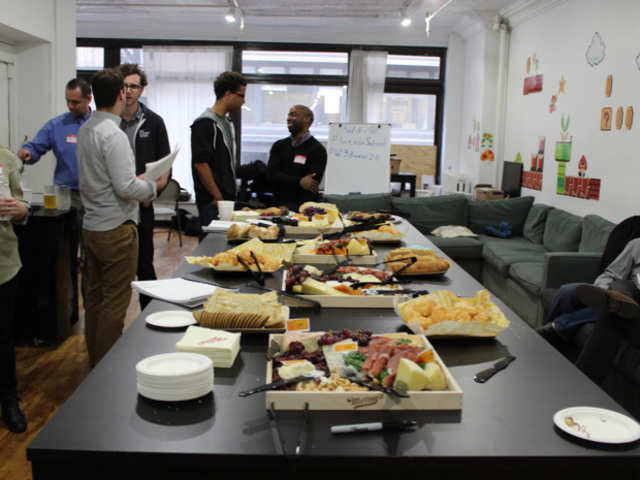 |
| Image courtesy Business Insider - Flat Iron Schools India |
Planning time to fill out an application can be the most difficult thing. I love the ones where it says "Submit a resume and cover letter." I can do this: if it takes me seven or eight attempts to write a letter, they need not know.
But, often times the goals have a larger purpose - I'm currently doing the 100 Days Of Code, as a goal to both make sure I move forward daily with getting a job, as well as completing classes and a couple of projects. I will try and share some of my thoughts on it as I go.
As a part of 100 Days, I'm using Twitter more (if you use Twitter, change your password!) There is a marvelous supportive group there, and a lot of sharing. I have spoken to many of the people in less than 200 words, and shared their accomplishments. And had the delight of getting the same back.
Okay, so the 100 Days is supposed to let you get the habit of working on something every day, even if it's just for a few minutes. So, I failed at that - I'm using it to get things done. This seems to be that larger failing in the world of code, at the moment.
My mentor, great man that he is, is giving me huge amounts of the encouragement and support I feel I need, and the ones that I speak to on Twitter and elsewhere are also encouraging, and share thoughts and ideas (and code reviews) that help so much. Thanks to them, I have moved to a more-productive mindset, when I get the chance.